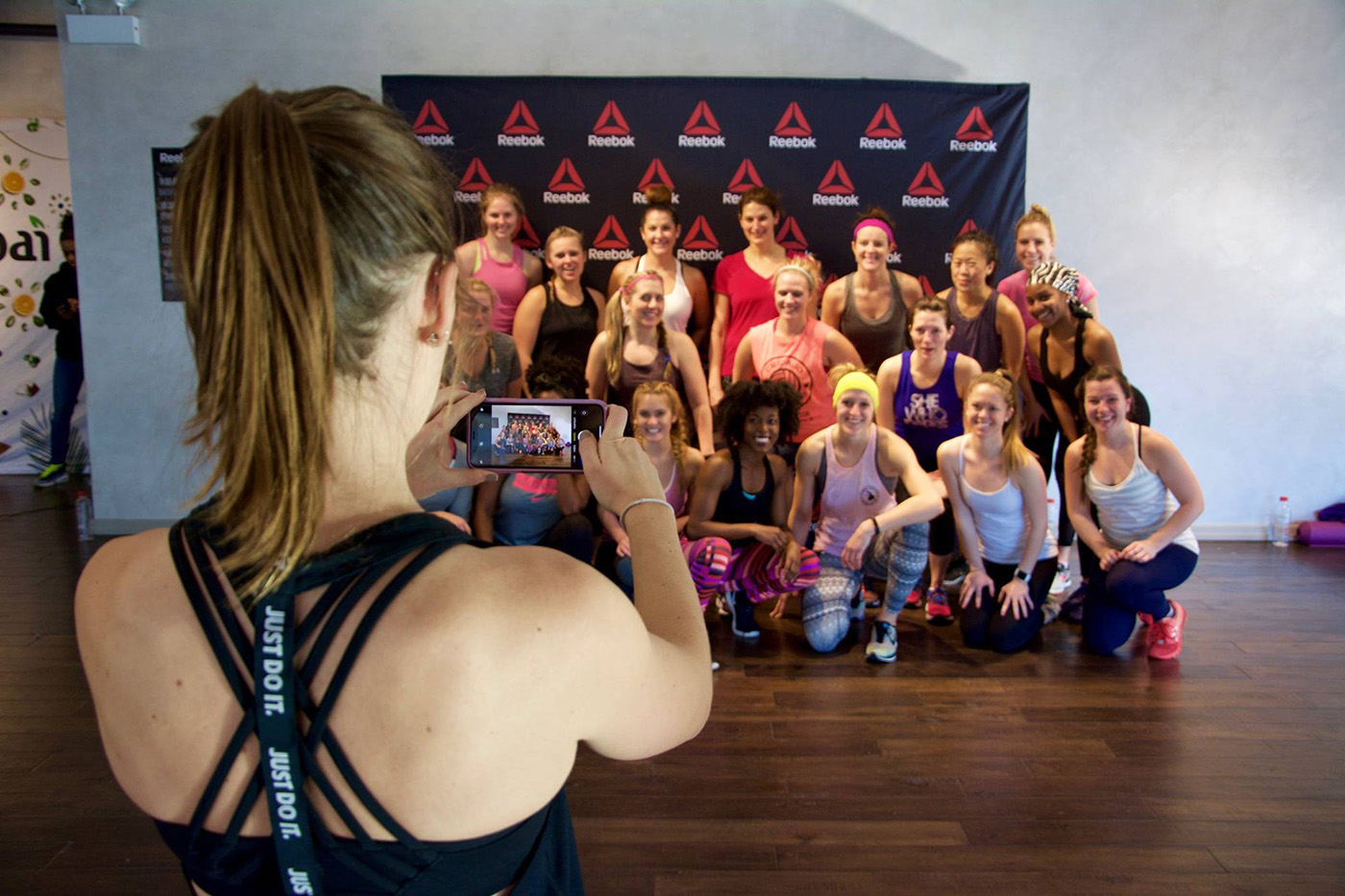Eight Ways to Get the Most out of Your Gym’s Social Media Marketing

Whether you’re a gym or studio owner or manage your personal brand, you know that getting your brand in front of the public is extremely important to the success of your business. You may spend a good deal of your budget on marketing, from advertising on billboards to direct mailers to paid digital advertising.
But one of the easiest ways to market your gym won’t cost you dime. Advertising on social media such as Instagram, Twitter, or Facebook is a great platform for your club or brand to not only get noticed, but to share what’s going on inside the club with your members. Social media is raw, casual, honest, and spontaneous. But despite how easy it is to implement and its low cost, there are some important do’s and don’ts to remember to make the most out of your social media marketing.
Do post high quality images
Luckily, most smartphones take clear pictures with a high-res camera, so there really is no excuse for posting dark or low-res images that your followers can’t see. As you post your pictures, remember to look for things like jitter, blurriness, lighting – even background clutter – so you give off the best image possible. There are tons of free photo editing apps out there (like Snapseed or VSCO) that allow you to easily edit from your mobile device. Who needs Photoshop, anyway?
Do tell a story using images and video
Get creative and tell a short story through your posts. You’ll need to find the sweet spot when it comes to posting the right amount to intrigue your followers without annoying them. And remember, if you post more than 20 times an hour (a bit excessive, right?!) Instagram will suspend your account.
A good rule of thumb: post just once or twice a day. Keep things fun, energetic, and relevant to your audience.
Do build up your brand
Your club’s social media followers are interested in all things gym-related, but not what you’re selling. Sure, it’s good to know about a promotion, but for the most part, your clients are following you to learn about events and happenings at the gym while supporting your business. Try to build your brand by emphasizing the voice of your brand/gym — are you friendly and beginner-friendly? Or are your instructors famous for their bootcamp-style classes and tough-as-nails exterior? Determine how your ideal client or member would describe your fitness business and keep your posts similar.
Do stay real
One of the biggest problems people face on social media with their own personal accounts is dealing with the amount of “fake” individuals and businesses online. Profiles that come off as inauthentic aren’t relatable and therefore discourage engagement.
The best thing you can do for your social media accounts is be completely spontaneous. Instagram, like Twitter and other social platforms, thrives on “day in the life” images and videos of real people doing real things. Luckily, a gym is a great place for those types of pictures and videos! Capture your clients and members in real time and share on social media. They will love seeing themselves and their fellow members. Do your best to train your eye to see natural moments as they happen throughout the day.
Do engage with your followers
You’ll know your posts are great when members and prospects start engaging. If they understand your brand and relate to what you post, they will want to be a part of the story. Be sure you are taking advantage of their active responses and engage back with him.
Similarly, you’ll want to take a little extra time to “Like” their posts. These conversations and comments will help build a sense of community among your followers. This type of engagement reinforces brand loyalty and commitment.
Don’t spam followers with products
Many gyms offer supplements, equipment, and other retail items. That’s great! But make sure you aren’t completely spamming your followers in an effort to increase sales. You’ll end up completely isolating yourself and posting in a void.
Before you post, ask yourself, “Is this worth sharing?” and “Is this social media-friendly?” If not, you may want to avoid sharing because the image or video will not be effective in engaging your followers.
Don’t confuse motivational quotes with marketing
One of the worst things you can do on social media is to post motivating quotes you copied from somewhere else. The problem is, no matter how inspiring they are, they aren’t from you. They can feel like a copout and leave your customers wanting more, and not in a good way.
However, posting a motivational quote from a trainer or a current member is a great way to engage with your followers. When including a picture of the person who said it, you’ll see that their insight goes a long way. Take the time to invest in creative posts people care about. Every post should give people a reason to connect and engage.
Don’t overdo it on hashtags
We’ve all seen posts you can barely read because there are so many hashtags in the way. Statistically, the best posts have three to six hashtags – any more than that and you’ll lose engagement by over-spamming. It’s a good idea to have a handful of go-to hashtags that you use in almost all your posts. These are ones that represent your business and keep your followers focused on your brand. If you want to see your message and brand go viral, consistency is key.
Bottom line? Stay regular with your social media posts. There’s nothing worse than big gaps in posting schedules. You’ll also want to keep an eye on your engagement statistics. If you find members aren’t engaging, switch things up. Social media is a lot of fun, but it definitely takes some work. See what works for you and your brand to make the most out of this free advertising platform.












